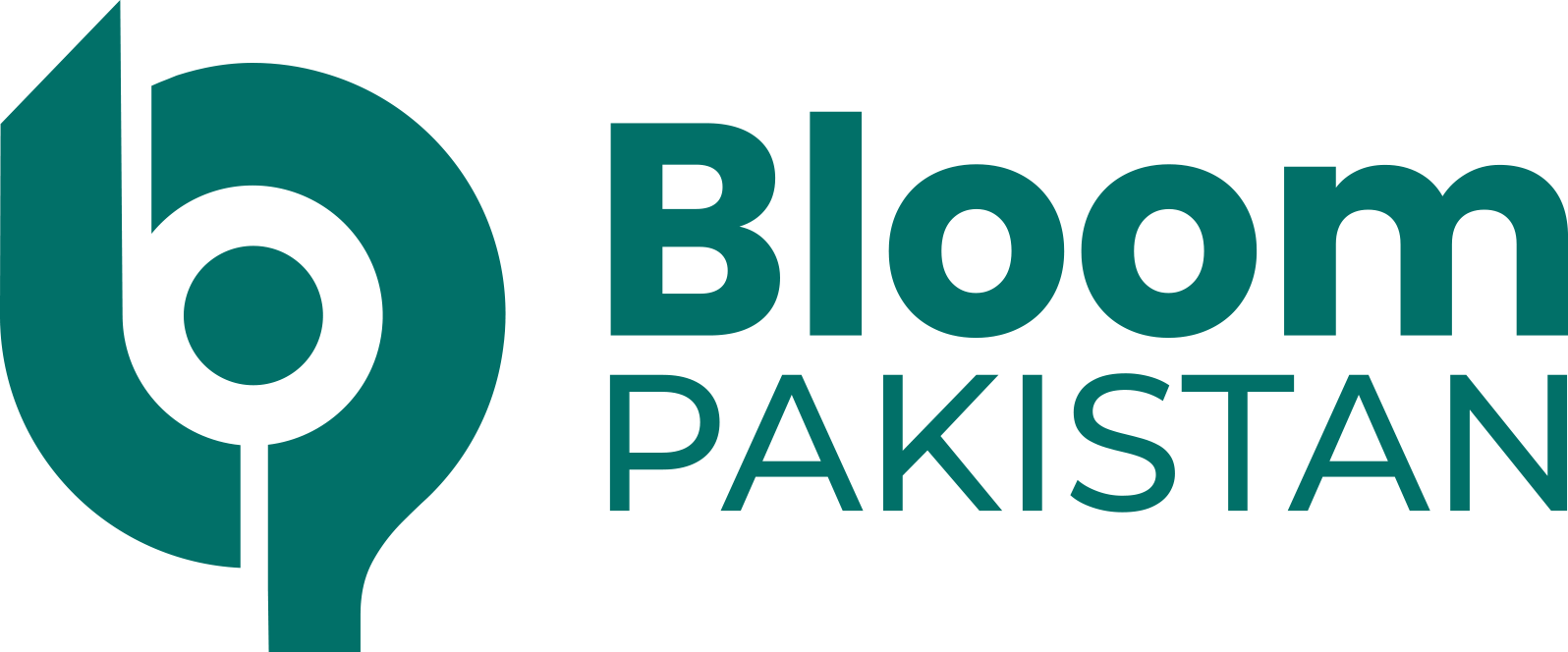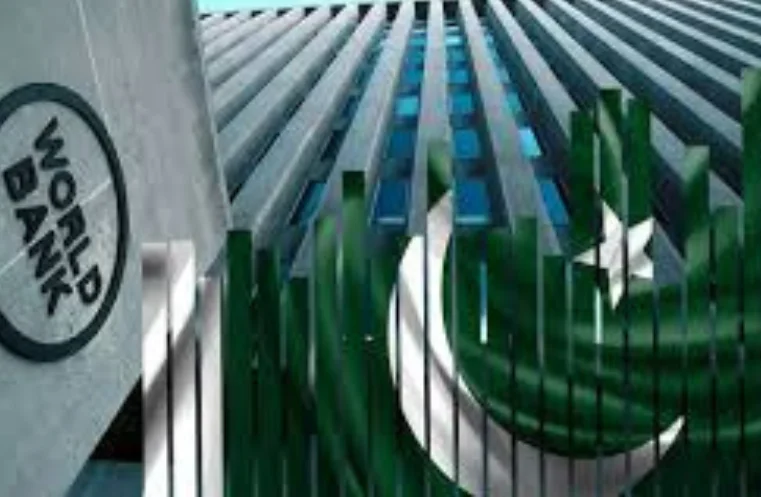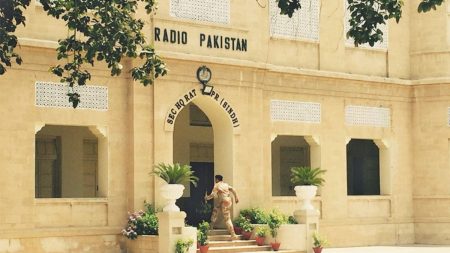Islamabad, Jan 27: To achieve robust economic growth, Pakistan needs to focus on simplifying its regulatory framework and ensuring a predictable economic outlook, according to Martin Raiser, the World Bank’s Vice President for South Asia. Raiser emphasized the importance of increased investment and better utilization of the country’s assets and human capital to accelerate growth.
He believes that Pakistan could potentially see its annual growth rate soar to 8% if these measures are implemented effectively.
However, he cautioned that with an investment-to-GDP ratio below 15%, Pakistan cannot expect miraculous growth.
Pakistan’s current economic performance is underwhelming, with a growth forecast of only 3% for the year, as highlighted by a Bloomberg survey of economists. This sluggish growth is attributed to a history of boom-and-bust cycles, caused by unsustainable fiscal policies that have left critical sectors, such as healthcare and education, underfunded. A significant portion of government revenue, almost half, is spent on servicing debt and defense, which limits resources for long-term development. 
Read More:
PTBA Warns on Security Clearance Denial for Foreign Investors
The World Bank’s recent approval of a 10-year partnership framework aims to stabilize the business environment in Pakistan. It encourages the government to prioritize creating a stable and predictable economic climate that fosters investment. Raiser also advocated for raising the tax-to-GDP ratio, suggesting that increasing it to 15% is achievable by reducing exemptions for special interests, cracking down on tax evasion, and implementing a digital tax collection system.
Prime Minister Shehbaz Sharif has set a target of 3.6% growth by June, after securing external assistance to avoid an economic default last year. With ongoing efforts to restructure state-owned enterprises and improve revenue collection, Pakistan’s economy has the potential to recover and thrive in the coming years.









